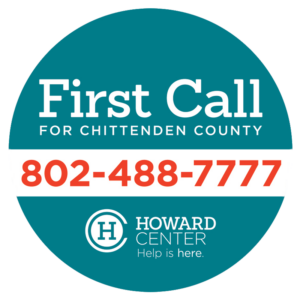Living alone can bring unique challenges for people who receive developmental services. But what if they had someone to check in on them every day, just to make sure things are going ok?
That’s the basic idea behind Howard Center’s Safety Connection program. Safety Connection uses a combination of old-fashioned person-to-person relationships and cutting-edge technology that supports people to live independently.
Clients of the program get a daily check-in from a member of the staff – known as the Community of Care – using a specially designed device installed in their homes that acts like an intercom. Depending on a person’s needs, more technology can be added to the mix including fall detection, motion sensors, smoke detectors, and alert buttons. In respect of privacy, the use of sensors is limited to those that are necessary based on a client’s needs, and the program never uses video.
“We build relationships with clients and combine that with technology to provide a sense of security and safety,” said Kevin Hutt, the program’s director. “We have young people living in apartments, older folks who want to stay in their homes, and we even serve college students living on campus. The program is very discreet.”
People enrolled in the program have the assurance of a nightly check-in from a member of the Safety Connection Community of Care. If the client doesn’t respond, staff will try again in five minutes and after a half hour, someone will visit.
“Nine times out of ten when we go to see someone, they’re sleeping and didn’t hear us calling, but we’ve also found people in diabetic shock and some other things where it really made a difference for us to get there quickly,” said Hutt. “If someone presses their alert button or we get a signal from a fall sensor, we get to work immediately.”
Safety Connection collaborates with agencies to offer services across the state. People can also call in from anywhere if they feel like they need support. “One place that happens is with transportation,” said Hutt. “We support people to use public transportation and sometimes coming home from work at night they might feel uneasy on the bus. They can call us and we’ll support them during the ride home.”
The Safety Connection Community of Care includes 20 operators, responders, and operational staff who build relationships with all of the program’s approximately 100 clients. “When you join Safety Connection, you have an expansion of your community overnight, and you’ll work with everyone in the Community of Care at some point,” said Hutt.

